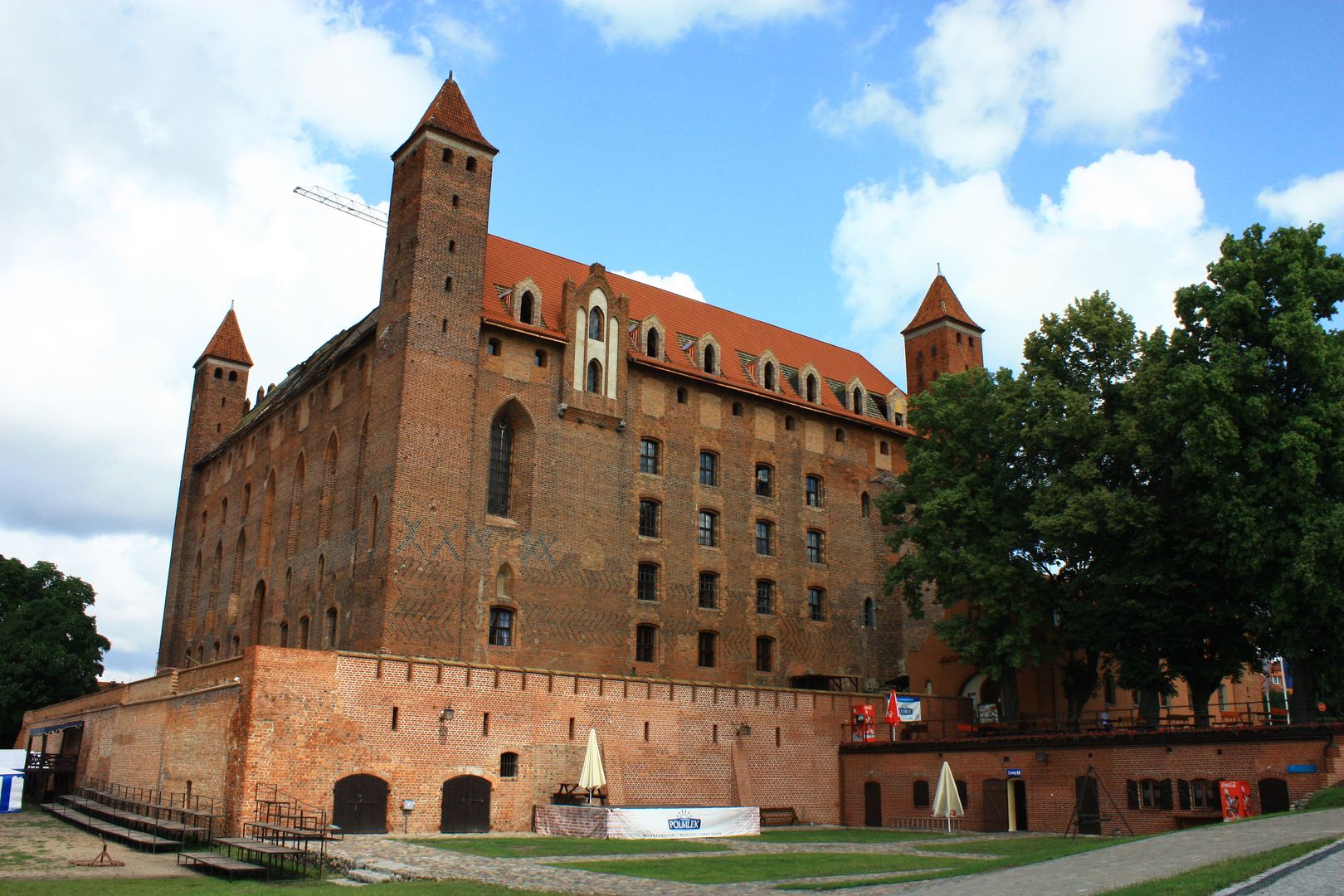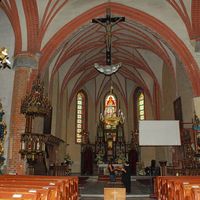Gniew
6.4

W skrócie
Gniew, miasto w województwie pomorskim, położone jest na ujściu Wierzycy do Wisły. Jego historia sięga co najmniej XIII wieku, o czym świadczą pierwsze pisemne wzmianki. Miasto było miejscem o strategicznym znaczeniu, co zaowocowało budową zamku krzyżackiego w 1297 roku. Zamek ten, położony na terytorium dawniej słowiańskiej osady, stał się symbolem Gniewu. Wzmianki w kronikach dotyczą również zamku z okresu, gdy Gniew był pod kontrolą Związku Pruskiego, a później Rzeczypospolitej, aż do I rozbioru. W architekturze miasta wyróżniają się także Pałac Marysieńki, wzniesiony przez Jana Sobieskiego oraz gotycki kościół parafialny pw. św. Mikołaja. Stare Miasto zachowało średniowieczny układ przestrzenny z rynkiem i niską zabudową, a jego bogata historia odzwierciedla się w licznych zabytkach, w tym murach obronnych. Gniew jest także miejscem obocoju kulturalnego, z wieloma wydarzeniami i strukturami edukacyjnymi, w tym szkołami i przedszkolem. Po II wojnie światowej miasto doświadczyło zmiany demograficznej, zniknęła wielowiekowa koegzystencja polsko-niemiecka, a w późniejszym czasie Gniew rozwijał się gospodarczo, stając się siedzibą kilku przedsiębiorstw. Miasto ma swoje miejsca partnerskie, m.in. w Włoszech i Ukrainie, co podkreśla jego otwartość na współpracę międzynarodową. Ciekawostką jest śmigłowcowe lądowisko przy zamku, które powstało w 2013 roku. Władze miasta dbają o rozwój społeczności, a lokalna polityka opiera się na aktywnym samorządzie i bogatej tradycji.
Mapa
Gmina (III Jednostka administracyjna)
Gniew
Powiat (II Jednostka administracyjna)
Powiat tczewski
Województwo (I Jednostka administracyjna)
Województwo pomorskie
Państwo
Polska
Tutaj znajdziesz
2025 Wizytor | Wszystkie prawa zastrzeżone
